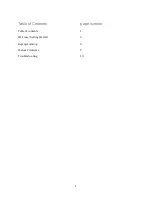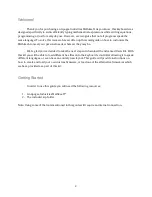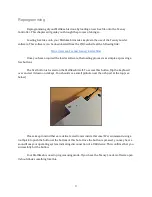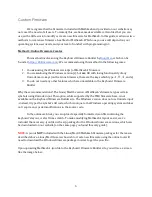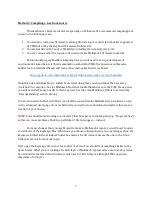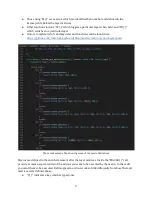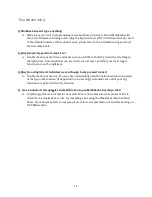
Custom Firmware
We recognize that the firmware included with Mathkeeb and provided on our website may
not cover the needs of all users. To remedy this, we have made available certain files that you can
use, with a little work, to modify or create new firmware for Mathkeeb. In this guide, we discuss two
methods to create new firmware .hex files for Mathkeeb. Which one you use will depend on your
operating system, user needs, and your level of comfort with programming in C.
Method 1: Online Firmware Creator
This method involves using the Keyboard Firmware Builder by
, which can be
. We recommend using this method in the following cases:
1. You
are
using the Windows version(s) of Mathkeeb’s firmware
2. You are
not
using the Windows version(s), but
are
OK with losing functionality of any
Unicode macro keys (on the Linux firmware, these are the keys which type
π
,
Π
,
Σ
, and ±)
3. You do not need any other features which are unavailable in the Keyboard Firmware
Builder
Why these recommendations? The Linux/MacOS version of Mathkeeb’s firmware types certain
symbols using Unicode input. This option, while supported by the TMK firmware base, is not
available on the Keyboard Firmware Builder site. The Windows version does not use Unicode input
- instead, it types the symbol’s Alt code, which is unique to the Windows operating system and does
not require any special modifications in the source code.
In the online web tool, you can upload a specially formatted .json file containing the
keyboard’s layout, or start from scratch. To make modifying Mathkeeb’s layout easier, we’ve
included the necessary .json file in the .zip package for the Windows firmware versions, which can
be downloaded on our website (on the same page you found this very guide).
NOTE:
A .json is
NOT
included with the Linux/MacOS Mathkeeb firmware packages for the reason
described above. Linux/MacOS users who wish to create new firmware using the online tool will
need to download the Windows firmware package in order to get the .json file.
Upon uploading Mathkeeb’s .json file to the Keyboard Firmware Builder site, you will see a screen
like the image below:
5


